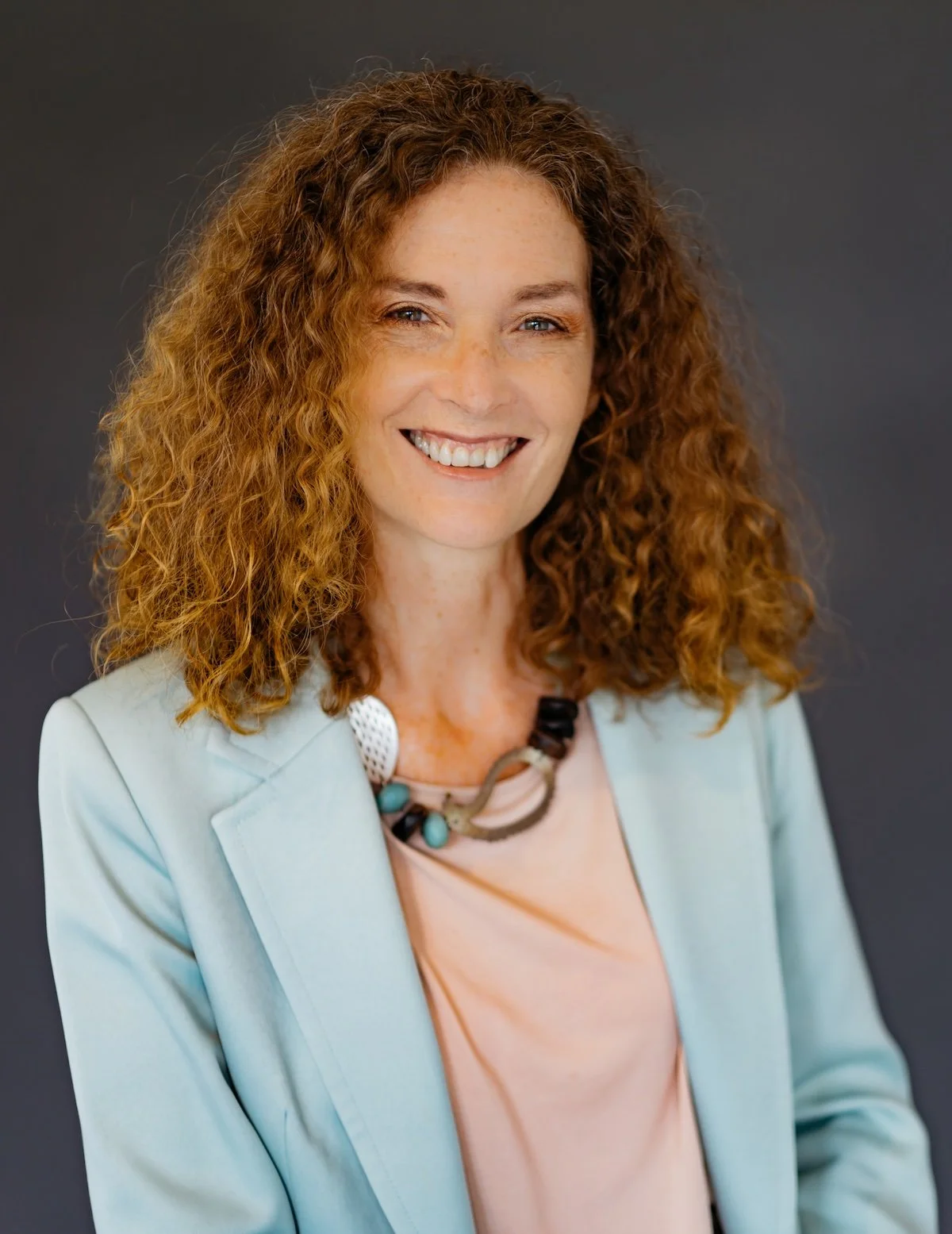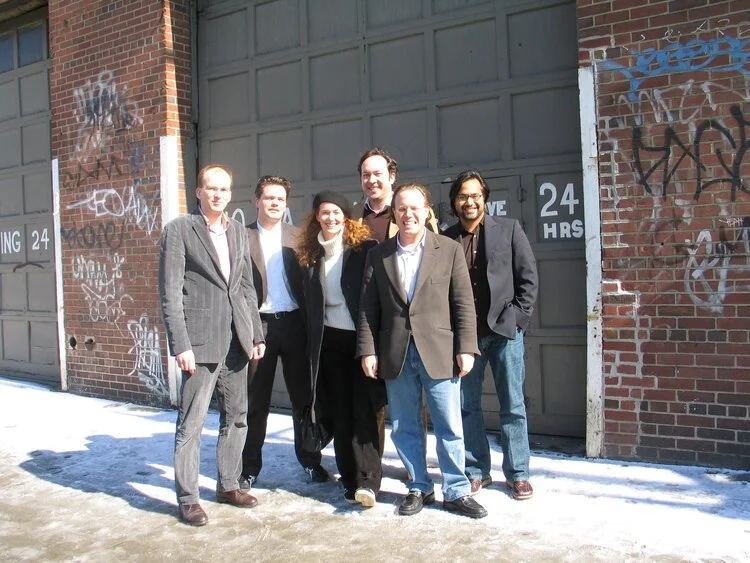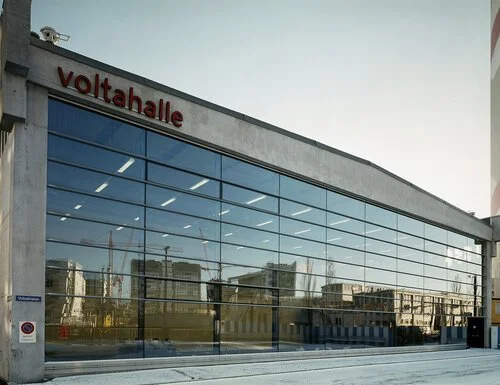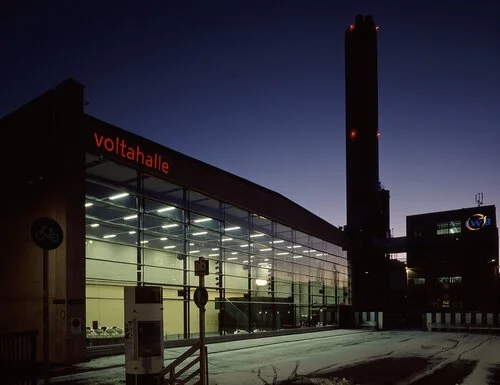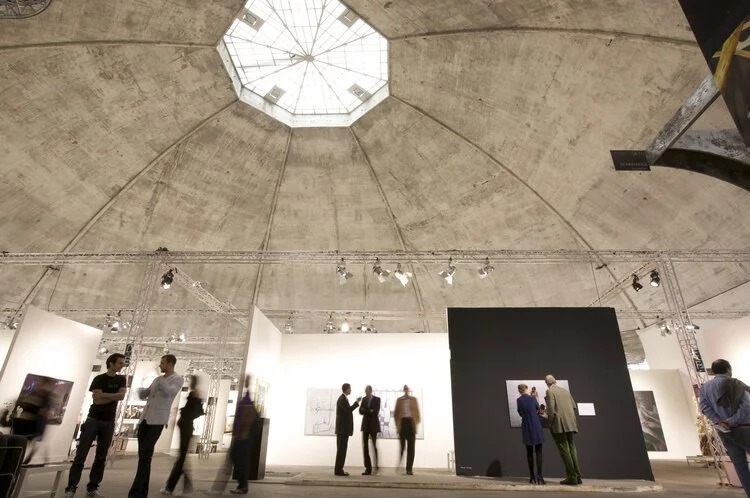VOLTA VOICES | Amanda Coulson
We speak to VOLTAs former Founder and Director, Amanda Coulson about how VOLTA Art Fairs began and the memorable moments that come in art fair life. Amanda has gone on to be the Director of The National Art Gallery of the Bahamas and most recently founded TERN contemporary art gallery.
VOLTA: Amanda, you are the Founding Director of TERN Gallery. Can you introduce the gallery to us and your ambitions for the space?
The gallery is named TERN after a shore bird that lives in the Caribbean but is also found all over the world; it is local yet global, it is rooted in our landscape but crosses borders easily, and this is our vision as a gallery.
We work in the contemporary gallery space and focus on supporting emerging and mid-career artists from The Bahamas and the Caribbean. While the Caribbean has recently been "discovered" by the international market, we have always been here; the partners at TERN are three Caribbean women who have long worked in the culture sector and passionately believe in self-representation and telling our own stories.
We aim for TERN to become the premier art gallery for The Bahamas, celebrating and supporting the region's contribution to the visual arts while also contributing to the international expansion of the contemporary art market. And, what’s funny, is that in order to do this and encourage this cultural exchange I am now dependent on art fairs - it really has come full circle!
VOLTA: Now going back to 2005, when you and three galleries founded VOLTA in Basel. What was your motivation to start a new fair in Basel?
AC: My husband, Uli Voges, who is now the Curator at the Central Bank of The Bahamas, had a gallery in Frankfurt—Voges + Partner—and together with friends and colleagues, Kavi Gupta from Chicago and Friedrich Loock from Berlin, saw a niche in the market for mid-career galleries representing emerging artists. There was a gap between LISTE, which was then branded as “the young art fair,” with a limit of the gallery being no more than 5-years old and artists being under 40, and Art Basel, which was very blue-chip and, outside of a quite small Statements section, back then did not really make much space for new galleries to their program. The LISTE model was clever but youth is no indicator of talent; Uli, for example, was showing Adrian Piper and Marilyn Minter around that time, and she only became famous in her 50s; or at VOLTA NY we showed the estate of Anna Oppermann, who was born in 1940 and had been an installation artist long before it was hip (in the 70s and 80s) and, as a woman, went almost unrecognized in her lifetime, so she was still ‘emerging.’ So we all felt strongly that there was a niche and it was certainly proven! The first show had 45 galleries, then second 75; the next year, Liste changed their rules to allow for “graduates” and Art Basel introduced the “Premiere” section in 2006, which precisely targeted that profile of galleries, scooping them from LISTE and from VOLTA. Several first-year and second-year VOLTA galleries—Milliken from Stockholm, Roesler from Sao Paolo, A Gentil Carioca from Rio, Nicola Krupp from Basel, were in Art Basel Premiere buy the 2007-8 . . . and then came Feature, which also took VOLTA graduates, like Stevenson Gallery from Cape Town. So I think VOLTA really very clearly revealed that these galleries were “worthy” of a greater platform.
From left to right: Friedrich Loock (founder), Rik Reinking (curator), Amanda Coulson (founder), Ulrich Voges (founder), Breckenridge Kling (collector), and Kavi Gupta (founder).
VOLTA: And tell us a bit about the concept of the inaugural edition of VOLTA New York back in 2008.
AC: For the NY show, we felt it was very important to do something a little different. In Basel, there had been a clear need for this type of fair, as there had really only been the two extremes of LISTE (youth) and Art Basel (mature/blue chip), whereas New York already has PULSE, Scope, Fountain and several other satellites, some of which were stronger than others. VOLTA had just been purchased by a larger parent company that also bought The Armory Show so we were suddenly “partnered” with this other event and we wanted to ensure we would, indeed, be the second show in NYC not the sixth, and also not simply catch the leftovers, which obviously would not result in a very compelling show. The Armory was a very different animal back then as well—just as Basel had been—there was no modern section, and it was for living contemporary artists; it then had a similar profile to Frieze Art Fair today, but what they did not have was an “emerging” section. So, we proposed that VOLTA NY would function as their emerging section, and we adopted the solo format only, so as to differentiate ourselves from PULSE or other satellites that were less curated. I co-directed with art critic and curator Christian Viveros-Fauné and this allowed us to really make “an exhibition” with almost no walls, a very open space, a concept that was later repeated by Independent when those galleries splintered from The Armory. This was 6 months before the financial crash, so finances were very different. People could take much larger booths, be more experimental and we had galleries doing The Armory with older artists and VOLTA with newer ones from their stable; it was very joyous, very exciting, with a really excellent group of artists and galleries.
VOLTA: You founded and led the fair for 15 years and as we both know, putting a fair together can be very stressful. But we are all in it for the fun too. What was the funniest moment you had during your time at VOLTA?
AC: Oh my gosh, there are too many to tell! The annual IKEA trip was always hilarious . . . in the early years when it was truly a community, our exhibitors would help us build the fair furniture (for free beers) into the night and that always got quite raucous; Ragnar Kjartasson’s performance piece with a guy in his underwear playing electric guitar in an outhouse for the full week; my very young daughter (I found out I was pregnant with our second on the first day of the first VOLTA!) coming over the walkie-talkie while I was giving a live TV interview and lambasting me for not feeding her so that all of Switzerland could hear; getting all the VOLTA team to go swimming in the Rhine (with several members going in their all-together!); the year it rained so much some of us got swollen feet from walking in 3 inches of water all day; the speedboat connection between LISTE and VOLTA, also in the pouring rain (you just had to laugh); the time we left the crates outside and a mini-hurricane came through; the year the World Cup final was in Basel at the same time and dancing at the Kunsthalle with football fans in full regalia (face-point-crazy hats) and the art crowd; the ping-pong party we had in NYC with artists against dealers; blowing up artist Chris Johansson’s huge balloons and having them almost fly away; trying to get massive mirrors into a gymnasium for a performance by curator Jerôme Sans’s band Liquid Architecture; the time the New York Post’s gossip column Page Six accused us of having coke (the drug) available on the fair floor and having a sculpture by Fernando Mastrangelo, presented by the gallery Rhys/Mendes now Mendes Wood from Brazil, confiscated by the DEA… I can go on and on…
Voltahalle in Basel.
Voltahalle in Basel at night.
VOLTA: We both have been collecting art over the past couple of years, which advice would you give to the next generation of collectors that are making their first steps into the art world, especially in these current times?
AC: I always give the same advice, which is buy with your stomach and not your ears. Yes, it's good to do research, but listening to chatter and what other people are saying and then buying because you think it's going to be “hot” or because someone with a bigger collection than you likes it, is not a good reason, in general. If you are buying to flip, maybe, but I am speaking to collectors who would like to build an eclectic collection that is meaningful to them and that they intend to live with. Buy something that resonates with you and speaks to your own areas of interest. IG is a great place to get started if you can't travel to fairs or see things in person, but I do strongly recommend going to galleries or fairs, if you can, since size, scale, texture, and often, quality, can only really be discerned in person. I would also say don't let price be too scary and make it a self-fulfilling prophecy that you can't afford to collect. First of all you CAN find great original works for a little money. I bought a Raymond Pettibon from David Zwirner when I was 27 and had $500; sadly, I lost that in divorce number 1 (I actually saw it ended up for a time on a mutual friend's wall! That was awkward…), but if you are looking early you can get amazing things before the artist get priced out of your range and that's why satellite fairs are excellent places to start. VOLTA showed Theaster Gates, Zilvinas Kempinas, Ragnar Kjartasson, Felix Gmelin, Mohau Modisakeng, Maria Nepumoceno and many, many more, were all at VOLTA long before they got as famous as they are now. People love to talk down about satellites, but that's nonsense. It's mathematically impossible that everything at any fair is either excellent or garbage. I've seen fewer brilliant works at blue-chip fairs and I've seen amazing works at many satellites, so it's all about how much work you're prepared to do to look and to learn and to develop your own eye. Prints can also be a very good place to start and sometimes I've initiated relationships with artists or galleries that way that leads to a deeper relationship and, lastly, if you love something that's out of your current range, there are new businesses like Art Money that are making micro-loans to new collectors and it makes buying slightly more expensive things entirely possible!
VOLTA: Any tips for a new director to watch out for?
AC: Just always expect the unexpected. When we are into the second day of install and there has not been a disaster, I am extremely nervous. Everyone is saying, "What are you worried about? Everything’s going fine!” but every production will have its hiccups—always, you can count on it, it's inevitable—so I would rather those hiccups happen before we open to the public, so they can be resolved first. We’ve had it all: snow when sunshine was projected, crates too big to get through the door, exhibitors with the wrong visa, artworks stuck in customs on opening day and, of course, the most famous of all: losing your venue 10 days before your fair opens. I think all of the previous “disasters’ prepared us for that major one in March 2019 and all that experience allowed us to do what is necessary every time: keep your cool, project confidence, and make sure you lead with poise. Also, lot of people loved VOLTA because of the personal touch, so stay connected to your team, your collectors and your galleries; you all share the same passion, so it's pretty easy to remain engaged! And, most of all, have fun!
VOLTA at Markthalle Basel.

